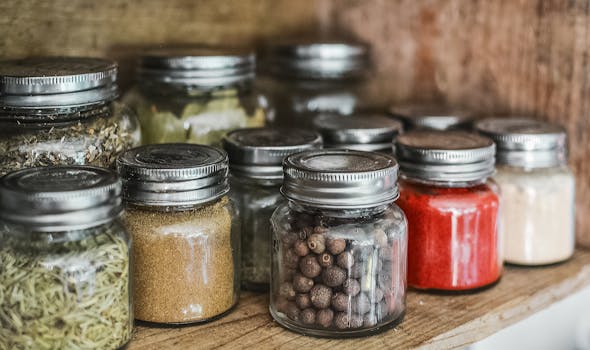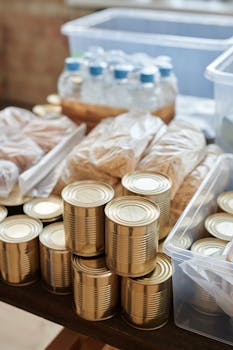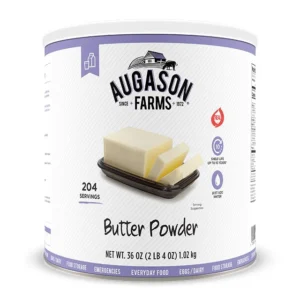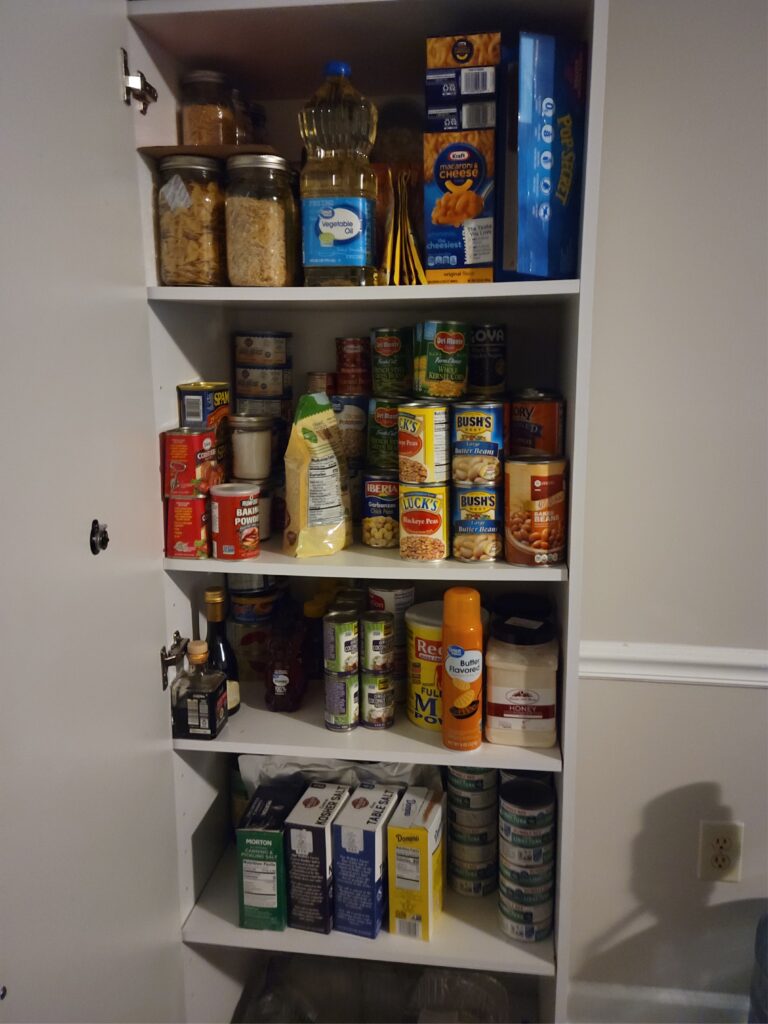

You’ve decided that emergency preparedness—regardless of what type of emergency—is something you want to get on board with. Maybe you’ve started grabbing extra items here and there, building up a cache of water, gathering bug-out bag items, creating an emergency plan, and paying more attention to the weather. That’s awesome! But as you budget to stockpile food, you may wonder if you’re going about it the right way and getting the right stuff. I touched upon some staples before, but at the end of the end day (or the end of the world), you actually want to like what you’re going to eat. Here are some quick tips to help you build your food stash!
Prioritize:
- Favorite foods – the things you simply cannot live without. Get them while you can!
- Likeable foods – stuff you like but don’t eat often. Grab these when there’s a BOGO/sale
- Tolerable foods – the ‘meh’ food you’ll eat only because they’re cheap or easy to grow
- Barter items – things you‘ll eat in a pinch but would rather trade for something else
There are the usual prepper food go-tos like rice, beans, potatoes, etc., but if you don’t like them but realize their value, see where they fit in the above list. Don’t prioritize them if they’re not something you can eat every day!
Then, budget accordingly:
- Focus on long-term storage for the staples you love
- Consider alternatives for items you don’t like but are nutritious/calorie-dense.
- Store some sugar and salt for long-term uses
Protein options:
- Beans (if you dislike them, consider protein-dense alternatives )
- Canned meat or fish
- Freeze-dried meat (expensive but can been stored long-term)
Fats and dairy (limited shelf life):
- Nuts (use within 6 months – 1 year as their oils will eventually turn them rancid)
- Shelf-stable milk
- Powdered milk (unless vacuumed-sealed in #10 can for long-term storage)
- Canned or powdered butter (unless vacuumed-sealed in #10 can for long-term storage)
Vegetables:
- Grow your own if possible
- Canned vegetables
- Frozen vegetables (if electricity is available)
Morale boosters:
- Hard candy
- Chocolate
Bonus:
- Tea lovers – grow herbs to make your own blends! Most herbs will grow back every year
- For coffee freaks like me, vacuum-sealed is best; find a tolerable instant coffee for long-term storage, travel, or emergencies
Overall:
- Build your food storage in stages
- Focus on what you love first
- Include some staples you might not love but can tolerate
The above will help you develop the food storage plan you need to build not just a food stash but a yummy one! If you found this information useful, please subscribe for my weekly newsletter and check out my podcast!
https://www.purelyplanted.com/post/how-to-stock-a-plant-powered-pantry#:~:text=Other%20potential%20flours%20to%20keep,a%20great%20source%20of%20protein.





Pingback: 7 Mistakes You’re Making with Emergency Food Storage (And How to Fix Them)